WhatsApp Us: +353 87 202 0389
Email: info@btmaths.com

How I got a Distinction in my own Junior Cert
Okay lads, I did my own Junior Cert back in 2010 and I got an A1 (the equivalent of a Distinction at the time). There were 3 simple steps that I followed to achieve it and I encourage all my students to do the same – it works every time. It doesn’t matter if you are consistently achieving the top grades in your class exams or you’re only just passing by the skin of your teeth; these 3 steps can and should be followed by students at all levels. However, if you are failing your exams and really struggling with maths, you should try one of our free grinds classes.
Step 1 to get a Distinction – Spotting the Pattern:
Firstly, it’s essential for any student to be familiar with the patterns of questions/topics that the Junior Cycle uses. Most students don’t even realise it, but the Junior Cycle is very predictable as it uses the same style of questions over and over again. For example, there are seven topics that come up almost every year – algebra, co-ordinate geometry, trigonometry, area & volume, financial maths, statistics, and sets. That’s SEVEN topics that are extremely likely to come up on your exams!
If you studied those topics alone, you’d be guaranteed to get well above the average grade and you’d be well on your way to getting a distinction. So, if you’re unsure what to study or where to begin – focus on those.
Step 2 to get a Distinction – Studying:
Secondly, now that you know what topics to study, you need to understand HOW to study for your exams. If you want a distinction, you’ll have to study three times a week minimum. Don’t get a shock if you think this sounds like a lot because it really isn’t. I tell my students to take 20 minutes as a study block, go over their notes, then attempt a question, look at your notes/marking scheme and repeat that process until you understand. It’s that simple! You don’t need to study for hours on end because that’s pointless and it’s like information overload. And by the way, it’s a transferable study method for every topic whether it’s maths, geography, science etc. it works for all of them.
I also provide them with my Ultimate Junior Cert Guide that covers every topic they need to know along with practice questions and solutions too.
Step 3 to get a Distinction – Get Good at Exams:
And lastly, now that you know what and how to study, you need to understand how to become better at doing exams. I promise you, doing well at an exam is not just about being intelligent or knowing the content – it’s about timing, managing pressure, leaving no blanks, prioritising questions etc. It’s almost like an art form! I’ve seen some of the ‘best’ students in class go into shutdown mode in an exam and get nowhere near the grade they deserve/expect.
You may not know this, but 85% of the marks in an exam are given for rough work alone. That means you can get the majority of the marks before even getting to the final answer. That is how you get better at doing exams and get closer and closer to a distinction.
I also found this article from The Irish Times on how another student achieved an A1 (Distinction) which could be useful for you.
Is a distinction possible for everyone?
At the end of the day, the division of results for state exams is conducted on a bell curve. So, not everyone can achieve the top grades in the country. In fact, only 12% of students actually get these top grades every year. However, I can almost guarantee that all of them are following these three steps to get that distinction grade for themselves.
If you want to read more about my exam advice, check out my post on The Art Of Excelling In Exams or watch my video on How to get a Distinction below:



